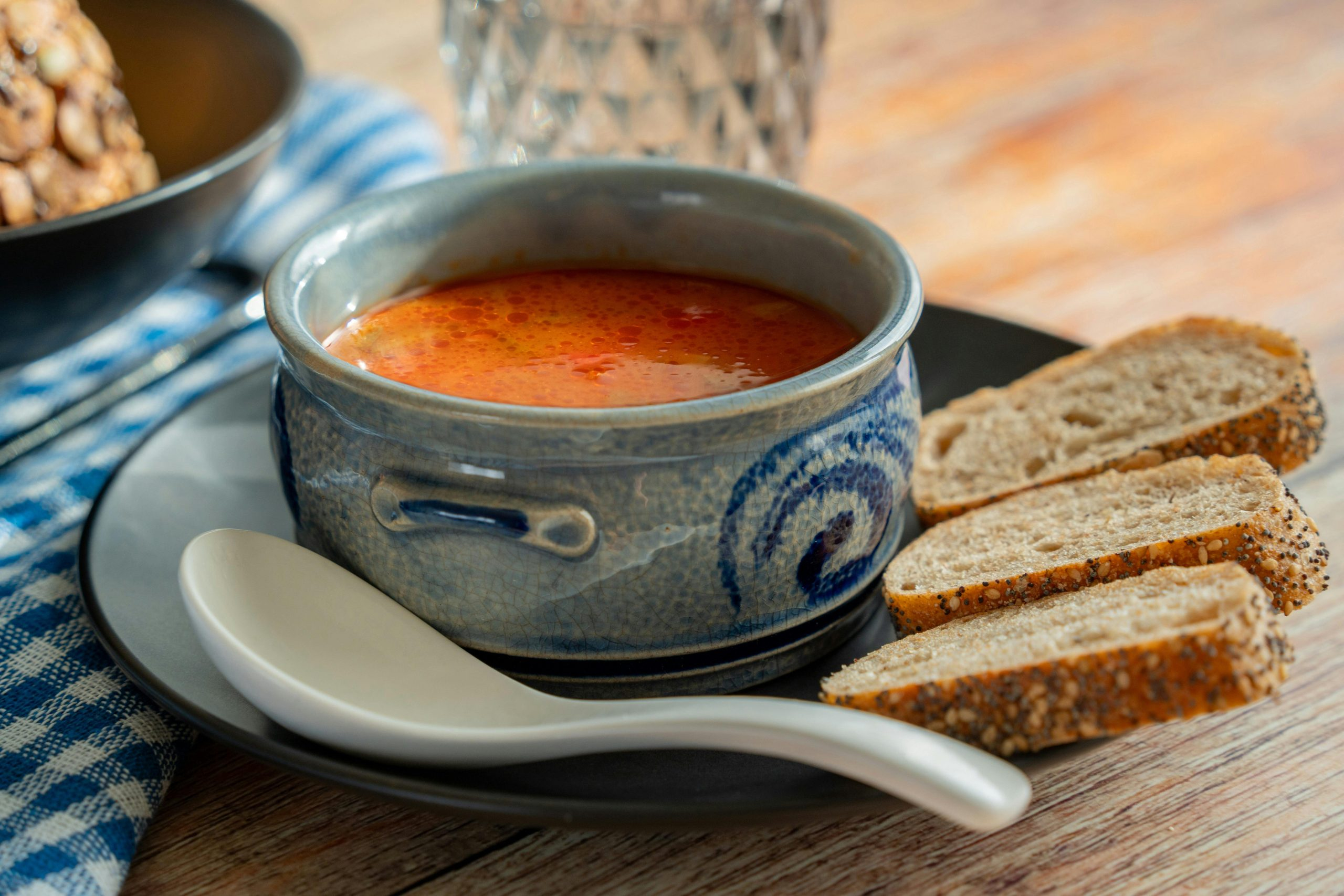The Secrets To Balancing Sweet, Sour, and Spicy
Do you find yourself craving a balance of flavors in your meals? The perfect combination of sweet, tangy, and spicy can take a dish from good to unforgettable. But achieving that balance can be tricky. How much sweet is too much? Will adding some heat overpower the other flavors? These are common questions when it comes to creating a harmonious blend of sweet, sour, and spicy. Fortunately, there are secrets to achieving the ideal balance and taking your dishes to the next level. In this article, we’ll reveal the secrets to balancing sweet, sour, and spicy, so you can create mouthwatering, well-rounded meals every time.
The Importance of Balance in Flavors
Before we dive into the secrets of balancing these three popular flavors, let’s first understand why it’s important. A meal that lacks balance can be either too overpowering or too bland. When one flavor overpowers the others, it can be overwhelming and make the dish unpleasant to eat. On the other hand, if a dish lacks enough of one flavor, it can taste flat and unexciting. In order to create a well-rounded, enjoyable meal, it’s crucial to achieve a balance of flavors.
The Sweetness Factor
Let’s start with sweet, as it’s often the most desirable flavor in a dish. Whether it’s from sugar, fruits, or even honey, sweetness adds a pleasant touch to any meal. However, too much sweetness can ruin the balance in a dish. The key is to use sweetness sparingly and purposefully. Instead of adding a whole cup of sugar to a dish, try balancing the sweetness with other ingredients, such as citrus juice or vinegar.
Subtle Sweetness
Another secret to balancing sweetness is incorporating it in subtle ways. This can mean including ingredients that may not necessarily be considered sweet, but have a natural sweetness to them. For example, adding caramelized onions to a dish can provide a touch of sweetness without being overwhelming. Similarly, using dried fruits, like dates or raisins, can add a subtle sweetness that blends well with other flavors.
The Power of Sourness
Sourness can add a burst of tangy freshness to a dish, balancing out other flavors. The secret to incorporating sourness is to use it sparingly, as it can easily overpower other flavors. The trick is to add a touch of sourness, taste the dish, and adjust accordingly. This can be done by adding more sour ingredients, such as lemon juice, or balancing it out with other flavors, like sweetness or saltiness.
Balance with Acid
Sourness is often achieved through the use of acidic ingredients, such as vinegar or citrus juices. These ingredients not only add a sour touch to a dish, but they also have the ability to enhance other flavors. This is because acid can help balance out the flavors in a dish, similar to how sweetness can. So don’t be afraid to add a splash of vinegar or squeeze of lemon to your dishes for that perfect balance of sourness.
Adding the Heat Factor
Bringing heat to a dish can elevate the flavors and add a kick of excitement. However, too much spice can overpower the other flavors and leave your mouth on fire. The secret to balancing heat is to use it in moderation and adjust to your taste. For example, instead of adding a whole jalapeno pepper to a dish, try adding a small amount first and tasting the dish. You can always add more if needed.
Mixing Spices
Rather than relying on one type of spice, try using a combination of spices to add heat to your meals. This not only adds depth of flavor, but it also helps balance out the heat. For example, combining cayenne pepper with turmeric or cumin can provide a balance of heat and earthy flavors. You can also try using different types of chili peppers to add a variety of heat levels to your dishes.
Experiment and Have Fun
The most important thing to remember when balancing sweet, sour, and spicy flavors is to have fun and experiment. Everyone’s taste buds are different, so what may be too sweet for one person may be perfect for another. Don’t be afraid to adjust and taste as you go, and don’t be afraid to try new combinations. The more you experiment, the more you’ll understand how each flavor works together to create a balanced and delicious dish.
Now that you know the secrets to balancing sweet, sour, and spicy, it’s time to put them into practice. Use these tips and tricks to create well-rounded and flavorful meals that will leave your taste buds wanting more. Happy cooking!










